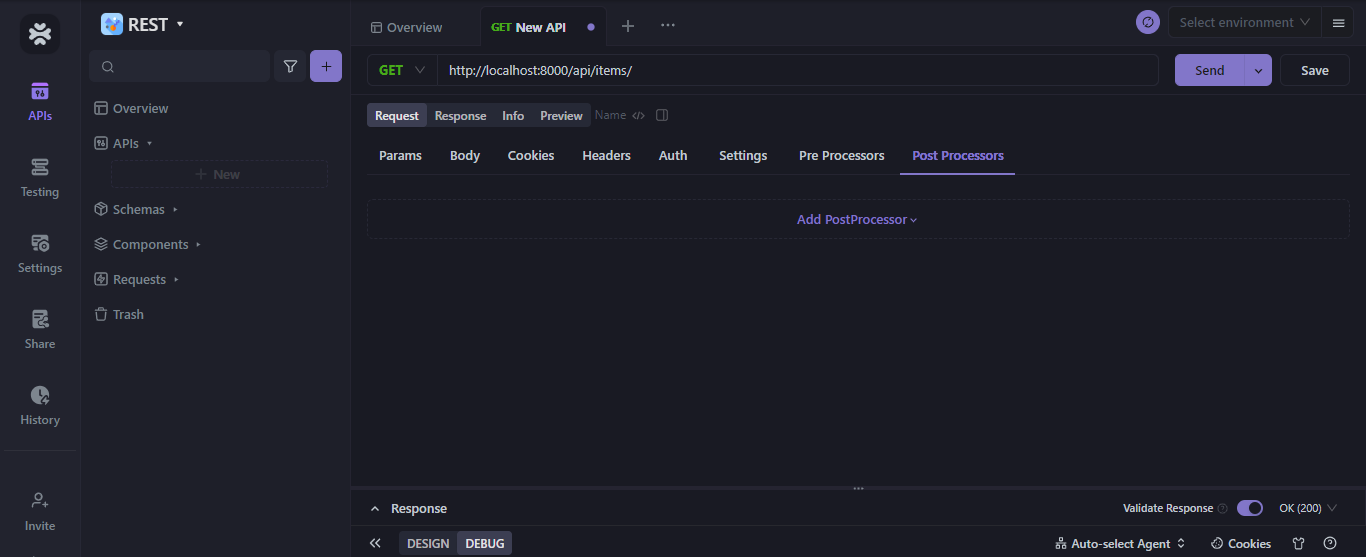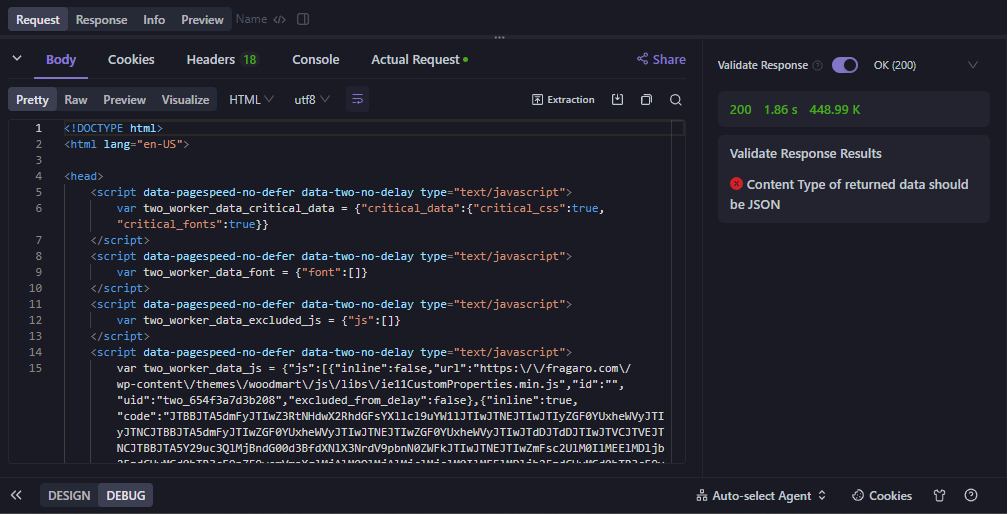What is the Difference between Django and Django REST Framework?
This is where Django Rest Framework (DRF) steps in, adding a layer of specialization for creating RESTful APIs. In this tutorial, we'll explore the distinctions between Django and Django Rest Framework to guide you in choosing the right tool for your web development endeavors.
When delving into web development with Python, Django stands out as a robust and versatile framework. However, as your projects evolve, you might encounter the need to build powerful APIs (Application Programming Interfaces) to facilitate seamless communication between the front and backend.
This is where Django Rest Framework (DRF) steps in, adding a layer of specialization for creating RESTful APIs. In this tutorial, we'll explore the distinctions between Django and Django Rest Framework to guide you in choosing the right tool for your web development endeavors.
Below is a table summarizing the key differences between Django and Django Rest Framework:
| Feature | Django | Django Rest Framework |
|---|---|---|
| Purpose | Full-stack web framework for building web applications. | Specialized for building RESTful APIs on top of Django. |
| Architecture | Follows the Model-View-Template (MVT) pattern. | Extends Django and is designed with APIs in mind. |
| Database Interaction | Uses the Django ORM system for database access. | Leverages Django's ORM for database interactions in API development. |
| Frontend Handling | Handles both frontend and backend development. | Focuses on backend API development, often used with frontend frameworks. |
| API Development | Capable of API development, but requires more manual configuration. | Streamlines API development with features like serialization, authentication, and viewsets. |
| Code Efficiency | More code may be required for API development. | Reduces the amount of code needed for API development, promoting code reusability. |
Django: A Full-Stack Web Framework
Django is a high-level web framework that follows the Model-View-Template (MVT) architectural pattern. It provides a comprehensive set of tools for building web applications from the ground up. With Django, you can handle everything from URL routing to template rendering, database management, and more.
Key Features of Django:
- Full-Stack Capability: Django allows you to build entire web applications, handling both the frontend and backend aspects.
- MVT Architecture: Django's architecture revolves around Models, Views, and Templates, emphasizing the organization and separation of concerns.
- ORM System: Django comes with a powerful Object-Relational Mapping (ORM) system, simplifying database interactions and adhering to the Don't Repeat Yourself (DRY) principle.
Django Rest Framework: Specialized for APIs
As the name suggests, Django Rest Framework is an extension of Django tailored specifically for building RESTful APIs. While Django is capable of handling API development, DRF streamlines the process, providing additional features and abstractions to simplify common tasks associated with APIs.
Key Features of Django Rest Framework:
- API-Centric Design: DRF is designed with APIs in mind, offering features like serialization, authentication, and viewsets to streamline API development.
- Integration with Django: Django Rest Framework seamlessly integrates with existing Django projects, making it a natural choice for enhancing API capabilities.
- Code Efficiency: DRF reduces the amount of code needed for API development, promoting code reusability and maintainability.
- Support for Frontend Frameworks: While Django alone can handle frontend development, DRF is particularly useful when you want to employ frontend frameworks like React or Angular, ensuring smooth communication between the frontend and backend.
When to Use Django Alone and When to Opt for DRF
Use Django Alone When:
- You're building a traditional web application with server-side rendering.
- The frontend requirements are basic, and you don't need the features provided by frontend frameworks.
Use Django Rest Framework When:
- Developing a modern web application that involves complex frontend frameworks.
- Creating a RESTful API to handle data communication between the frontend and backend efficiently.
Apidog Integration with Django REST Framework
Integrating Apidog with Django Rest Framework brings a new dimension to your API development workflow. Now that you have created an API using the Django REST Framework, we will look at how you can test and manage your API using Apidog. Apidog helps you not only test but also document and mock your APIs.
You can start by opening Apidog's official website, https://apidog.com/. You can sign up for free or download the version compatible with your system to start using Apidog’s services.
You can create a new project by clicking the “New Project” button on the right side. Keep a suitable name for your project and choose a project type.
As we work with a REST API, we will choose the HTTP method to utilize POST, GET, and PUT methods.

You can create a new API and apply various methods to your request. We will look at the GET method for our localhost. In our case, we are assuming our URL to be “http://localhost:8000/api/items/”.
You will have to use the localhost URL you get from your Django app. We will input this URL in our input field and Send the request.

You will get a response to your request, and you can check the output of your request there. You can see your output in the Response if your request gives no validation error.
Otherwise, you will see an error that your request failed to send. In this case, you must ensure you have done all the API-generating steps correctly.

As you can see above, the request issued a valid response. You can check other HTTP methods like PUT, POST, DELETE, etc. You can also test your API in the Testing section. It will give you several options like generating Test Reports, Test Data, and CI/CD (Continuous Integration/Continuous Delivery).
Conclusion
In summary, Django and Django Rest Framework are complementary tools that cater to different aspects of web development. Django is your go-to framework for full-stack web applications, while Django Rest Framework specializes in simplifying the process of building robust APIs.
Depending on your project requirements, you can choose to harness the power of Django alone or leverage the additional capabilities offered by Django Rest Framework for efficient API development. Understanding the strengths of each tool will empower you to make informed decisions as you embark on your web development journey.


